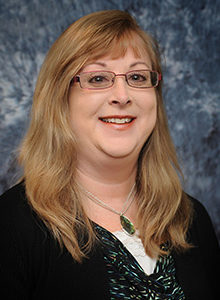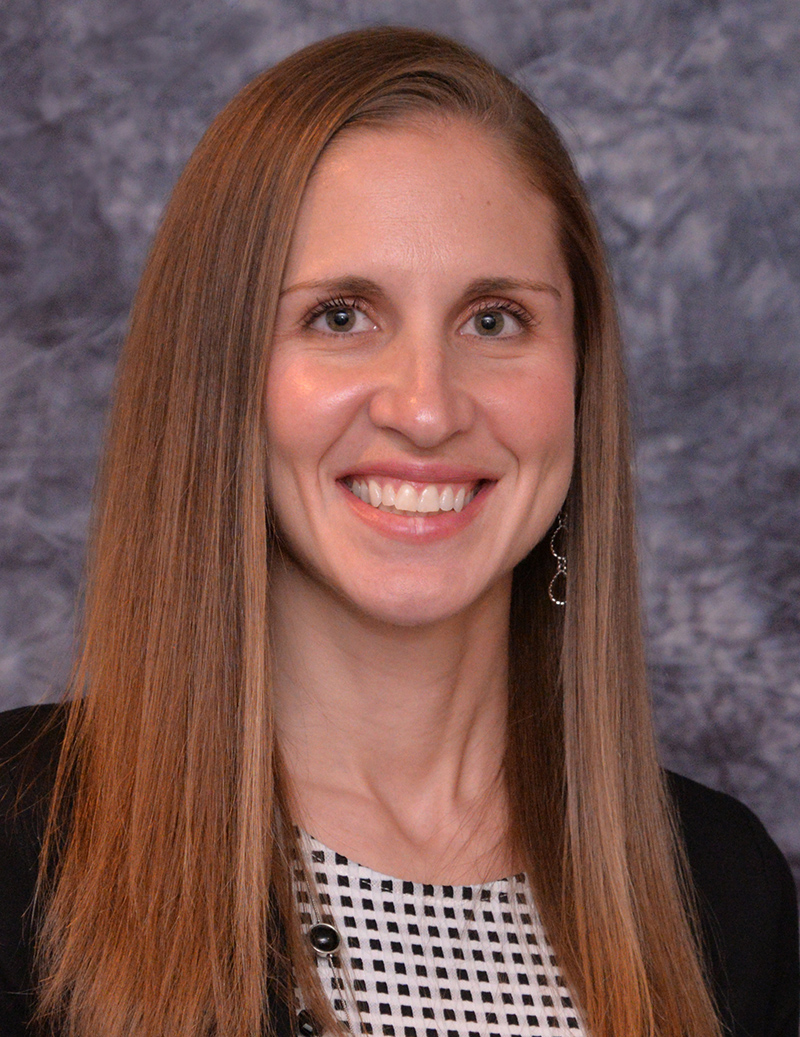Autism is a lifelong diagnosis, and as adults with autism age, many of the medical, physical, and mental changes they face are similar to those of typically aging adults. As adults with autism get older, it is extremely important for family members and/or professionals working with these individuals to understand the aging process. If professionals and family members learn as much as they can about both the person they support and what to expect as that person grows older, they will be better equipped to notice any subtle behavior or physical changes which may alert them that new interventions are necessary. It is important to note that changing physical needs may require home modifications; changing healthcare needs may require more specialized care; and changing psychiatric and neurological needs, such as dementia, may require constant monitoring.

Life expectancy rates are increasing in the United States, and that is no different for many individuals diagnosed on the autism spectrum. According to Mukaetova-Ladinska & Stuart-Hamilton (2015), there continues to be much discussion about the limited research available on older adults with autism. In this study, researchers interviewed 45 adults who were either diagnosed with Autism or who provided care for an adult with autism. The authors found these participants to be deeply worried about the long-term care and management of autism in regards to aging, especially in relation to long-term support in their communities. Additionally, the researchers identified a number of challenges that older adults with autism face including, but not limited to: social isolation, communication challenges, financial problems, not enough support with personal care, lack of employment options, inadequate health care, lack of housing and lack of advocacy.
Residential Model for Older Adults with Autism
One way to support older adults with autism is by living in residential community homes where care is provided consistently and regularly by qualified direct support professionals, along with a team of other professionals. All older adults with Autism do not require this level of care. However, many older adults need this level of support to navigate their environments and reach their maximum potential. This article highlights how one residential provider offers ongoing support to older adults with autism.
As adults with autism age, their group homes or living environments may need to be modified or adapted to their changing needs. Needed environmental modifications can sometimes be overlooked for these individuals, as many behavioral changes are assumed to be related to the biological factors of the aging process (Baker, Fairchild, and Seefeldt, 2015). However, changes or modifications made to the environment can have a positive effect on some behavioral changes (Baker, Fairchild, and Seefeldt, 2015). Residential providers need to assess the impact of the environment on behavioral changes, as well as assess appropriate behavioral programming. In addition to changing behavioral needs, physical needs for older adults with autism may change as well. For example, gait issues can appear or worsen as individuals age. Previously ambulatory adults may present as more of a fall risk, may exhibit decreased mobility, or even become non-ambulatory. Residential providers should be constantly assessing the accessibility and adaptability of their residential settings. In order for individuals to age safely in their residential homes, the homes must meet the physical needs of the older adults living in them.
This is also true for older adults with autism who live at home with family members or in apartment settings. Assessing the environment regularly is key to successfully supporting older adults diagnosed on the autism spectrum. While making these changes, it is also important to remember to keep the environment as familiar as possible, as many adults with autism enjoy routines and familiarity in their homes and bedrooms.
Highly-Qualified and Well-Trained Staff
There is a tremendous need for qualified and trained staff to work with older adults with autism. Staff who are trained in not only providing care, but in the aging process are better able to help these adults build and maintain skills. Highly-trained staff are essential to ensuring the greatest degree of independence is maintained through the lifespan.
Training of direct support staff in the proper care and teaching strategies for older adults with autism is a very important component of staff training. Training on all important job duties surrounding the aging process, providing personal care, teaching skills, and following behavior support plans should be done using a behavior skills training model (BST). BST includes a verbal description of the skill, a succinct written description of the skill, a demonstration of the skill by a competent trainer, and the trainee performing the skill with feedback from the trainer. This process continues until the trainee is competent with the skill (Parsons, Rollyson, & Reid, 2012). By training direct support staff on all necessary job duties utilizing this model, the residential provider can be sure that support staff are fully competent in the delivery of services. If needed, a provider can access expert speakers or consultants to provide additional training on Behavioral Gerontology or the aging process.
Additionally, residential programs that serve older adults with autism must have a specific model of service delivery for this population. It is of the utmost importance to have a collaborative interdisciplinary approach to care. These interdisciplinary teams (IDT) should include physical therapists, nurses, behavior analysts, psychiatrists, primary care physicians, program specialists, supervisory personnel and, of course, the adult served and his/her guardian or representative if appropriate. By working as a team and reviewing the needs of the individual from both a medical and behavioral perspective, all appropriate and necessary interventions can be considered.
Ongoing Assessment by Credentialed Professionals
At Melmark, the ongoing physical and behavioral needs of older adults with autism are assessed and monitored regularly by professionals such as physical therapists, Speech and Language Pathologists (SLPs), nurses, primary care physicians, behavior analysts and psychiatrists.
Physical therapists regularly assess the person’s ability to navigate their current environment, and make recommendations for environmental changes to increase safety and independence for each adult served. Since the research is limited on older adults with autism, it is imperative that primary care physicians and nurses assess the ongoing medical and healthcare needs to ensure the individual’s current healthcare needs are continually being met. Similar to younger adults with autism, older adults diagnosed on the autism spectrum have difficulty communicating their healthcare needs and may not notice subtle changes.
SLPs can provide support in both feeding issues and communication strategies. The SLP will regularly assess individuals to ensure their current diet is appropriate, and will make recommendations for modifications to diets based on changes with the individual. SLPs also work on goals to promote or maintain communication skills. For example, if an older adult with autism who was previously using sign language to communicate can no longer use that means of communication, the SLP may have that person use an alternate mode, such as an electronic tablet with talking pictures or icons.
Behavior analysts are key to the IDT as they monitor and assess any behavioral changes, and may develop appropriate behavioral interventions, based on the principles of applied behavior analysis. These may include antecedent-based strategies, such as the implementation of a visual schedule for an individual who did not need that type of intervention in the past, and these may also include consequence strategies, such as appropriate reinforcement systems to improve or maintain positive behaviors. Behavior analysts will review data on behavioral changes and make updates to behavioral intervention strategies based on the behavioral data.
Since older adults with Autism may have other comorbid conditions, psychiatrists are an essential part of the IDT as they review behavioral data and medical changes for the individual, making appropriate medication recommendations based on this information. The behavior analyst shares information regarding any behavioral changes, as well as sleep information, and presents all relevant data in graph format so the psychiatrist can observe trends. All medication changes are discussed with the individual and guardian/representative, as well as presented to a Human Rights Committee (HRC) to ensure the least restrictive interventions are being utilized.
Finally, program specialists along with other IDT and family members develop individualized support plans for the adults based on an assessment of likes, dislikes, strengths and needs, safety awareness, communication skills, medication administration skills, community skills, etc. These program plans include individualized goals to support the adult in skill acquisition or skill maintenance so the person served can continue to grow and thrive. These plans include the assistance and support needed in the community to ensure the person can maintain and/or build relationships with members of the community outside of their direct care team. This level of community integration and inclusion is very important for older adults with autism, as it allows for the highest degree of access to the person’s local community.
Summary
Many aspects of care need to be considered when providing residential services and/or support to older adults with autism. While taking care of the person’s physical health is vital, ensuring the environment in which they live is accommodating and accessible is just as important. As such, residential providers need to continually assess the environment of their residences in addition to the individuals who live in those homes.
The older adult’s individual support plan needs to be robust and completely individualized with achievable goals built in that support access to the local community, skill acquisition and maintenance, and comprehensive goals to address communication skills and mobility, if and when needed.
It is equally as important to have a highly-qualified team of professionals working collaboratively to ensure that exemplary care is being provided at all times. This, in addition to well-trained direct support staff working with individuals, will help ensure the greatest outcomes for the older adults can be achieved.
Karen Parenti, MS, PsyD, is Executive Director and Maggie Haag, MEd., BCBA, LSW, is Senior Director of Adult Services at Melmark PA. For more information, visit www.melmark.org.
References
Baker, J. C., Fairchild, K. M., & Seefeldt, D. A. (2015). Behavioral gerontology: Research and clinical considerations. In Clinical and Organizational Applications of Applied Behavior Analysis (pp. 425-450). Academic Press.
Mukaetova-Ladinska, E.B., & Stuart-Hamilton, I. (2015). Adults with Autism Spectrum Disorder (ASD): Service user perspective on ageing transition(s). American Journal of Autism, 2(1): 1-11.
Parsons, M. B., Rollyson, J. H., & Reid, D. H. (2012). Evidence-based staff training: A guide for practitioners. Behavior analysis in practice, 5(2), 2-11.









[…] see article […]
My dad is an elderly autistic man and I am sad to find so little information about the elderly and autism. We live in an extremely ageist society where it seems once you pass 60 you become segregated from society and doctors frequently refuse to even diagnose you properly – especially your mental health – it’s just his age is such a frequent comment I could strangle the people who say it – actually sitting in his chair and refusing to eat, or even watch TV isn’t just his age – he is suffering from depression and needs the treatment options considered for everybody else when dealing with depression. I’m autistic too – I have social anxiety and communication issues which will mean that when I am elderly if I am stuck into group therapy or a home where I am put into a room with a lot of other people and left… Heck! That would be a fate worse than death for me! Autistic people need space to get away from other people. To recover from the stress of having to interact with other people. Yes, I like to be sociable at times, but I’d last 5 minutes if I was somewhere surrounded by people constantly and expected to sit in groups to talk about very personal things. There must be lots of autistic people suffering hugely if this is the help out there for them!
I personally need more time to recover from people than time with them! It’s nice to do something sociable perhaps once or twice a week, but I would need my own space to retreat to undisturbed after that! When I’ve been forced to socialise more often that I can handle my mental health deteriorates very quickly. I think when dealing with elderly autistic people you need to encourage special interests. Stick to and respect their routine, give them social recovery space and allow them their boundaries. For every social event you engage them in, you should allow them equal time alone to recover from it.